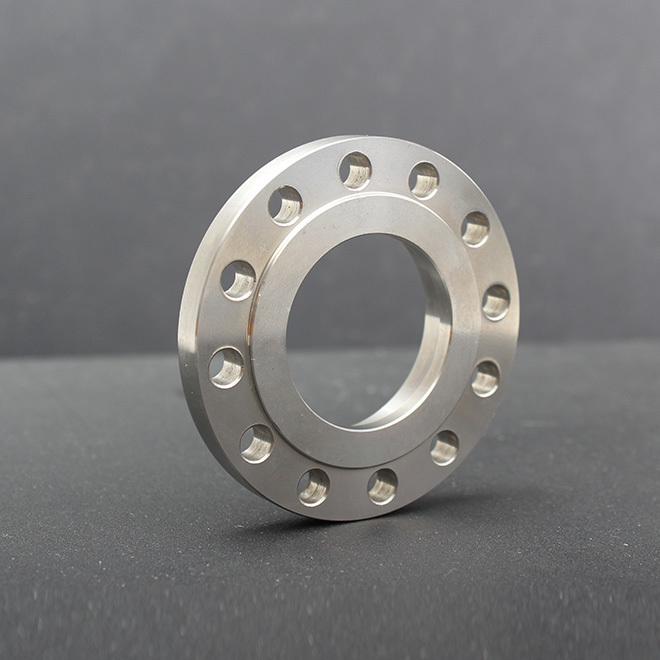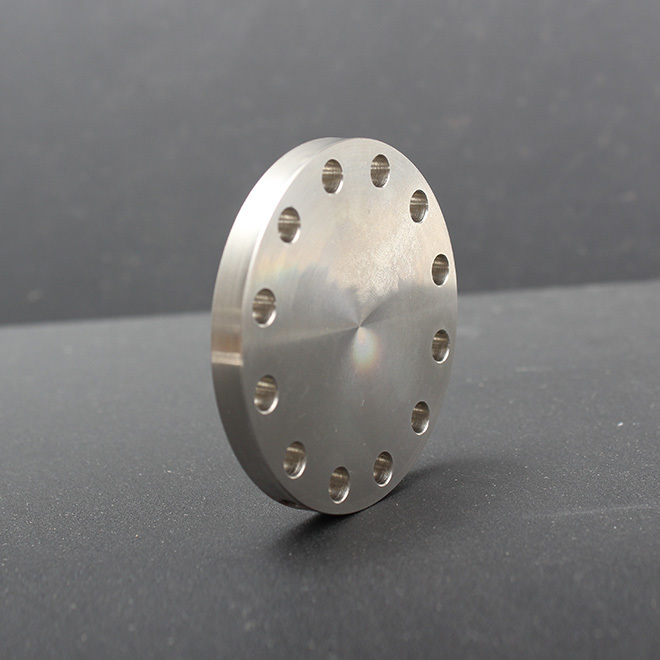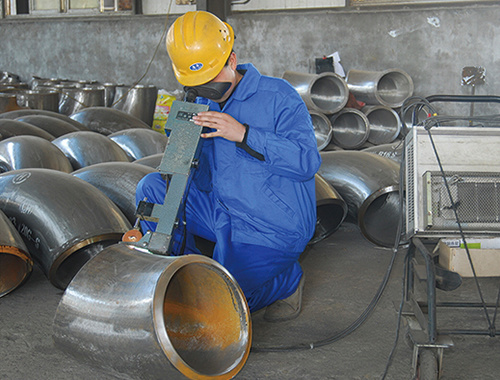The Ultimate Guide to Butt Welding Pipe Fittings: Everything You Need to Know
2024-09-30
The Ultimate Guide to Butt Welding Pipe Fittings: Everything You Need to Know
Table of Contents
Introduction to Butt Welding Pipe Fittings
What is Butt Welding?
Types of Butt Welding Fittings
Advantages of Butt Welding Pipe Fittings
The Butt Welding Process Explained
Applications of Butt Welding Pipe Fittings
Common Materials Used for Butt Welding
Maintenance and I
The Ultimate Guide to Butt Welding Pipe Fittings: Everything You Need to Know
Table of Contents
- Introduction to Butt Welding Pipe Fittings
- What is Butt Welding?
- Types of Butt Welding Fittings
- Advantages of Butt Welding Pipe Fittings
- The Butt Welding Process Explained
- Applications of Butt Welding Pipe Fittings
- Common Materials Used for Butt Welding
- Maintenance and Inspection of Butt Welds
- Frequently Asked Questions
- Conclusion
Introduction to Butt Welding Pipe Fittings
Butt welding pipe fittings are a crucial component in the piping industry, providing a reliable method for connecting pipe segments. This guide aims to deliver an in-depth understanding of butt welding, its types, advantages, and applications, ensuring you have all the necessary knowledge for effective implementation in your projects.
What is Butt Welding?
Butt welding is a technique used to join two pieces of metal by heating the edges until they melt and then pressing them together. This method creates a strong, permanent bond that is essential for high-pressure applications. Butt welds are commonly used in various industries, including construction, oil and gas, and manufacturing.
Principles of Butt Welding
The process relies on the principles of thermodynamics, where heat is applied to the metal until it reaches a molten state. The two pieces are then forced together, allowing them to fuse as they cool. The resulting joint is typically as strong as or stronger than the base material.
Key Differences Between Butt Welding and Other Welding Techniques
Unlike other welding methods, such as socket or threaded welding, butt welding offers a seamless connection. This is particularly beneficial in applications requiring high structural integrity and resistance to pressure and corrosion.
Types of Butt Welding Fittings
Butt welding fittings come in various shapes and sizes, serving different purposes based on the piping system's requirements.
1. Butt Weld Elbows
Butt weld elbows are used to change the direction of the pipe, typically at angles of 45 or 90 degrees. They provide a smooth transition for the flow of materials, minimizing turbulence and pressure drop.
2. Butt Weld Tees
Tees allow for branching off from a primary pipe line. They come in equal and reducing sizes, enabling connections of varying diameters.
3. Butt Weld Reducers
These fittings are essential for transitioning between different pipe sizes. Reducers can be concentric or eccentric, depending on the application and layout of the piping system.
4. Butt Weld Caps
Caps are used to seal the ends of pipes, providing a secure closure. They are essential in systems requiring maintenance and temporary shutdowns.
5. Butt Weld Stubs
Stubs serve as short pipe segments used in various applications, often as connectors for valves or instruments.
Advantages of Butt Welding Pipe Fittings
Understanding the advantages of butt welding can help you make informed choices for your piping systems.
1. Strong and Durable Joints
Butt welding provides robust joints that maintain integrity under high pressure and temperature, making them ideal for critical applications.
2. Reduced Risk of Leaks
The seamless nature of butt welds minimizes the potential for leaks, ensuring a more reliable system.
3. Versatility
Butt weld fittings can be used with various materials, including carbon steel, stainless steel, and alloys, making them suitable for diverse applications.
4. Cost-Effectiveness
While the initial setup for butt welding may be higher than other methods, the long-term durability and reduced maintenance costs result in overall savings.
5. Improved Flow Characteristics
The smooth interior surface of butt weld fittings enhances flow characteristics, reducing turbulence and pressure loss.
The Butt Welding Process Explained
The butt welding process involves several critical steps to ensure a successful joint.
1. Preparation
Proper preparation is essential for achieving a high-quality weld. This includes cleaning the pipe ends to remove any contaminants and ensuring they are aligned correctly.
2. Heating
The heating process can be accomplished using various methods, including electric arc, resistance, or gas welding. The selected method depends on the material and thickness of the pipes being joined.
3. Fusing
Once the metal reaches the appropriate temperature, the ends are pressed together. The pressure applied during this phase significantly affects the quality of the weld.
4. Cooling
After fusing, the joint needs to cool gradually to avoid distortion. Proper cooling ensures the integrity of the weld.
5. Inspection
Post-weld inspections are critical to ensure the joint meets industry standards. Techniques such as visual inspection, ultrasonic testing, and radiography can be used to assess weld quality.
Applications of Butt Welding Pipe Fittings
Butt welding pipe fittings are utilized across various industries, showcasing their versatility and reliability.
1. Oil and Gas Industry
In this sector, butt welding is often employed for high-pressure pipelines transporting crude oil and natural gas. The durability and leak-proof nature of butt welds are critical for safety and efficiency.
2. Water Treatment Facilities
Water treatment systems require robust piping solutions that can withstand harsh chemicals and high pressure. Butt welding provides the necessary strength and reliability.
3. Chemical Processing
The chemical industry often deals with corrosive substances, making the corrosion resistance of butt weld fittings a significant advantage.
4. Construction and Infrastructure
Butt welding is widely used in constructing buildings, bridges, and other structures where integrity and strength are paramount.
5. HVAC Systems
Heating, ventilation, and air conditioning systems often incorporate butt welding for ductwork and piping, ensuring efficient airflow and minimal leakage.
Common Materials Used for Butt Welding
The materials utilized for butt welding pipe fittings play a crucial role in their application and performance.
1. Carbon Steel
Carbon steel is a popular choice for butt weld fittings due to its strength and durability. It is commonly used in oil and gas applications.
2. Stainless Steel
Stainless steel fittings are ideal for environments where corrosion resistance is necessary. They are frequently used in food processing and pharmaceutical industries.
3. Alloy Steel
Alloy steels are engineered for specific properties, making them suitable for high-pressure and high-temperature applications.
4. PVC and CPVC
Plastic materials like PVC and CPVC are also used in butt welding applications, particularly in water distribution and drainage systems.
Maintenance and Inspection of Butt Welds
Proper maintenance and inspection are vital to ensure the longevity and performance of butt welds.
1. Routine Inspections
Conducting regular inspections helps identify potential issues before they escalate. Visual checks and non-destructive testing methods are essential.
2. Cleaning and Maintenance
Keeping the welded joints free from dirt and corrosion is critical for maintaining integrity. Regular cleaning schedules should be established, especially in corrosive environments.
3. Repairing Defects
If defects are identified during inspections, immediate repairs are necessary. This may involve re-welding or using additional fittings to ensure system reliability.
4. Record Keeping
Documenting all inspections and maintenance activities is essential for compliance and future reference. This helps track the performance of the piping system over time.
Frequently Asked Questions
1. What are the main benefits of butt welding pipe fittings?
Butt welding pipe fittings provide strong, durable joints, reduced leak risks, and cost-effectiveness, making them ideal for critical applications.
2. How do I choose the right type of butt welding fitting?
The choice depends on the application requirements, including material compatibility, pressure ratings, and whether you need to change the direction of the piping.
3. Is butt welding suitable for all pipe materials?
While butt welding is versatile, it's essential to ensure compatibility between the materials to achieve a strong weld.
4. How often should butt welds be inspected?
Regular inspections should be conducted as part of a maintenance schedule, particularly in high-stress environments.
5. Can butt welds be repaired?
Yes, butt welds can be repaired. Depending on the defect, this may involve re-welding or installing additional fittings.
Conclusion
Butt welding pipe fittings play a critical role in various industries, offering reliability, strength, and efficiency in piping systems. By understanding the types, advantages, and applications of butt welding, you can make informed decisions that enhance the performance of your projects. Regular maintenance and inspection further ensure the longevity of these vital components, contributing to the overall success of your piping endeavors. Embrace the benefits of butt welding to achieve superior results in your construction and decoration projects.
butt welding pipe fittings
RELATED NEWS
Understanding JIS 5K Flanges: A Key Component in Construction and Decoration
In the construction and decoration materials industry, particularly in piping systems, the JIS 5K flange stands out as a crucial component. These flanges are manufactured according to the Japanese Industrial Standard (JIS), ensuring quality and reliability in various applications. Understanding the specifications and benefits of JIS 5K flanges is essential for professionals in this field.
JIS 5K f
2025-04-05
Essential Features of Carbon Steel Blind Flanges You Should Know
Essential Features of Carbon Steel Blind Flanges You Should Know
Table of Contents
1. Introduction to Carbon Steel Blind Flanges
2. What Are Blind Flanges?
3. Benefits of Carbon Steel Blind Flanges
4. Key Features of Carbon Steel Blind Flanges
5. Applications of Carbon Steel Blind Flanges
6. Proper Installation and Maintenance
7. Choosing the Right Blind Flange for You
2025-04-02
Understanding Butt Welding Pipe Fittings: A Comprehensive Guide
Butt welding pipe fittings are crucial components in piping systems, widely used in various industries, including construction and decorative materials. These fittings are designed to connect two pipes by welding their ends together, creating a strong and reliable joint. This method is particularly favored for its ability to maintain the integrity and flow characteristics of the pipeline, making i
2025-03-30





